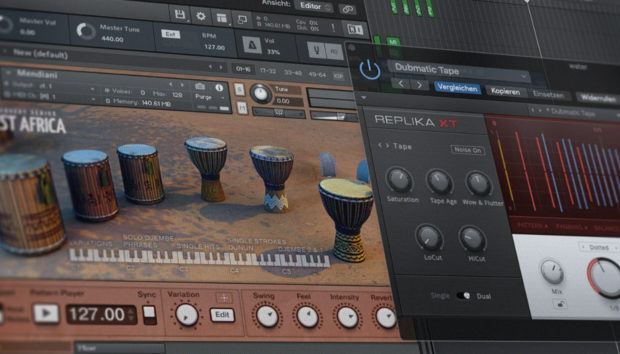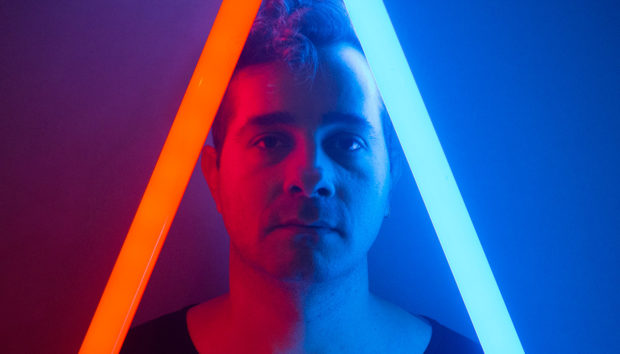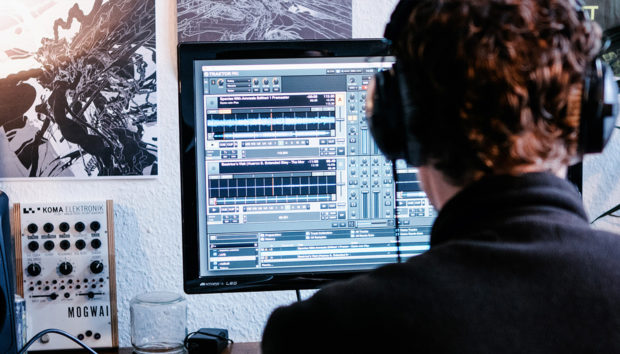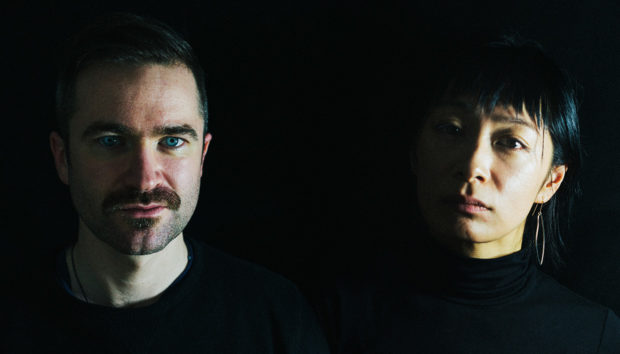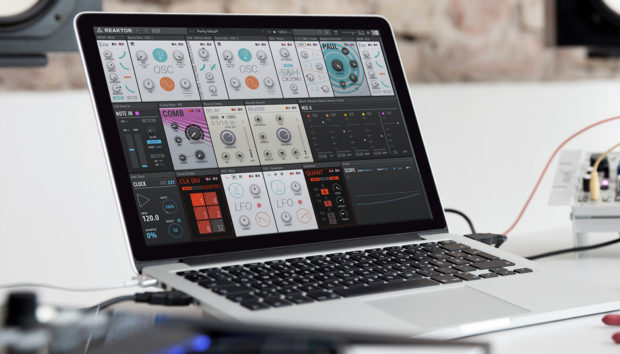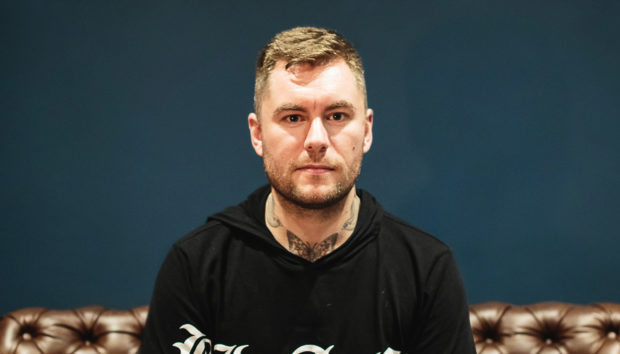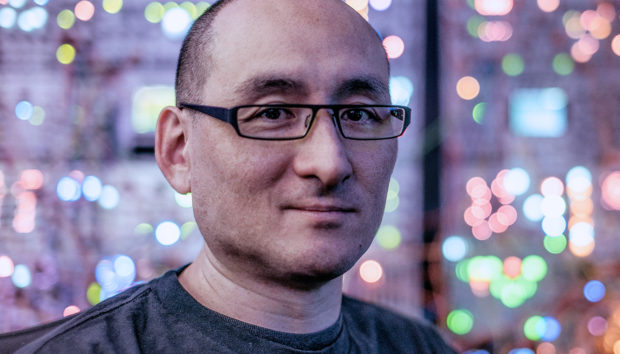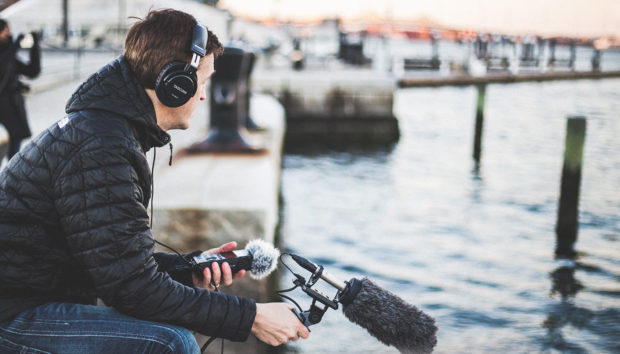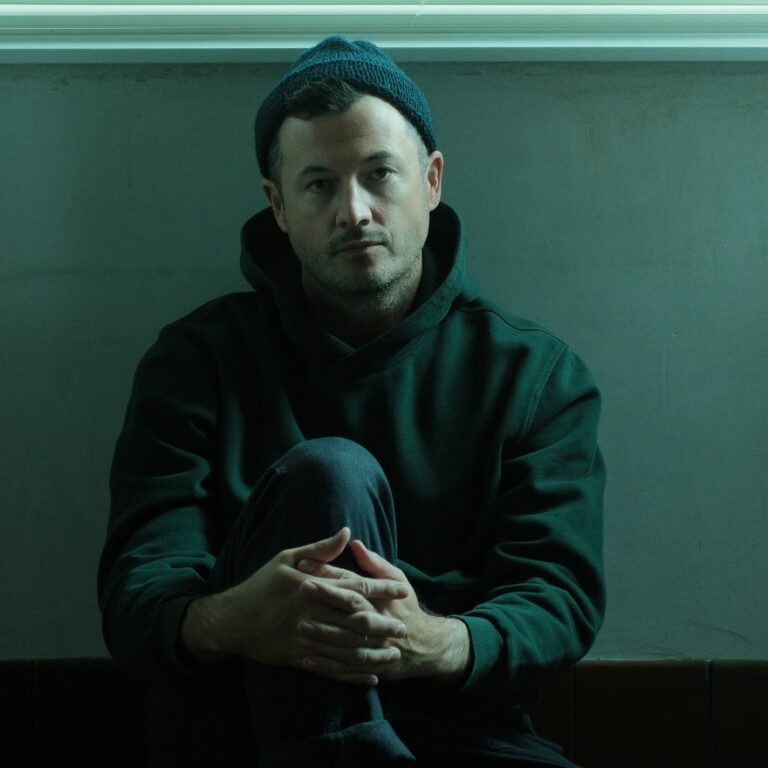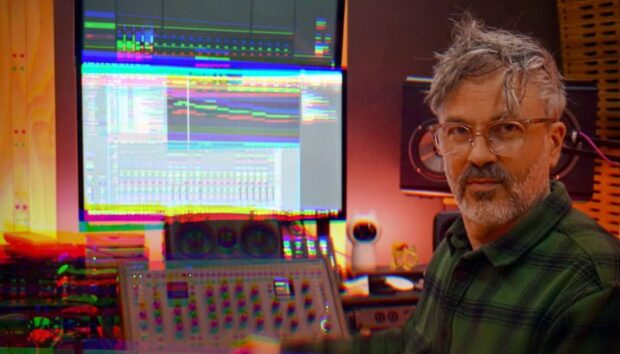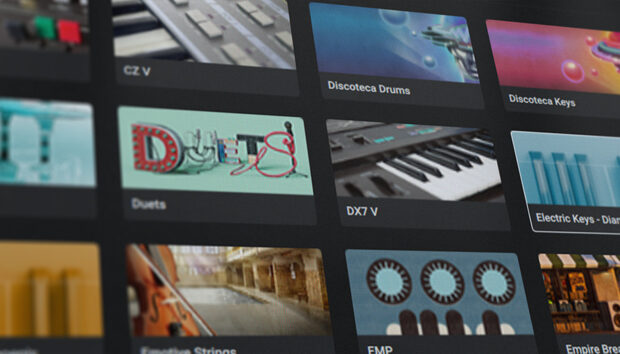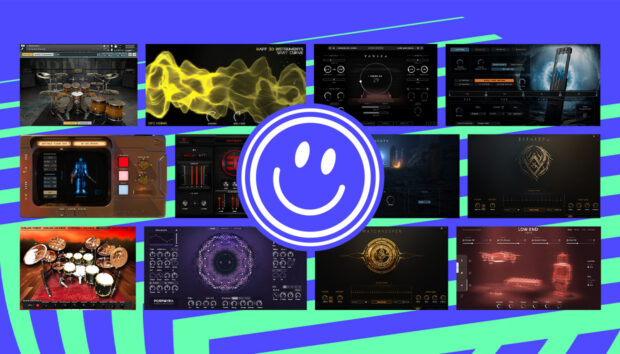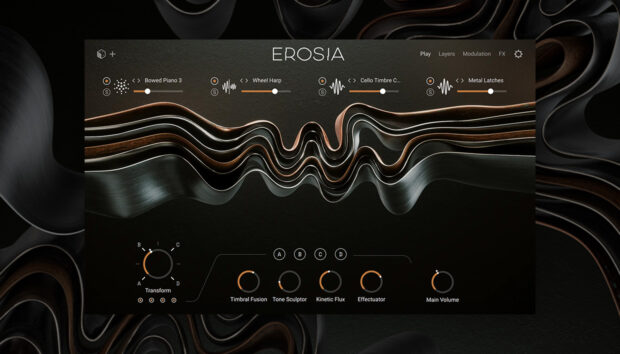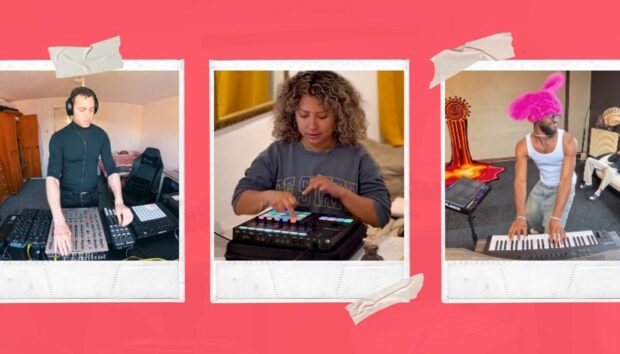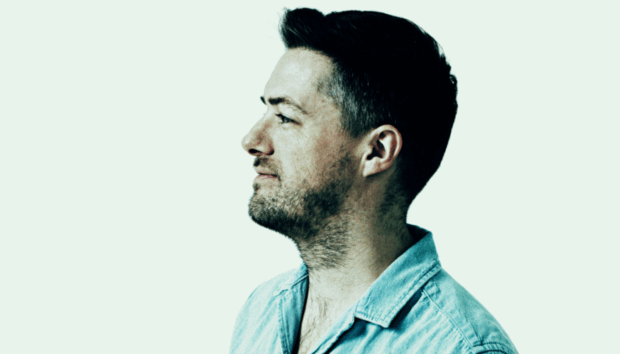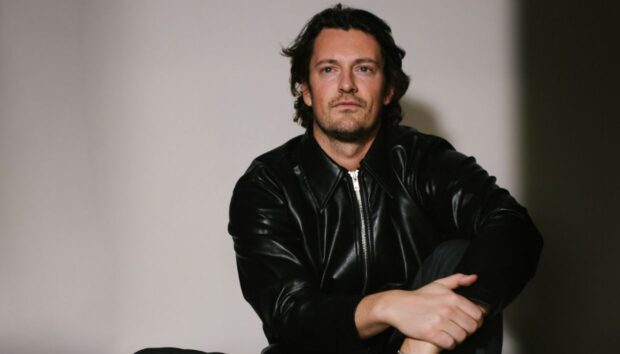SYML’s third studio album Nobody Lives Here came together through a focused and personal process. Written, recorded, and produced with longtime collaborator Brian Eichelberger, the record reflects a clear set of priorities: simplicity over excess, emotion over perfection, and trust in one’s own creative instincts. After years of working in varied recording scenarios, this album felt like it needed more privacy and less outside influence.
The sessions were built on restraint with limited instruments, early vocal takes, and a willingness to commit to choices quickly. That discipline gave the songs space to breathe, both musically and emotionally. What emerged is a record that’s tightly composed yet deeply expressive, shaped by time, trust, and a refusal to overcomplicate.
In this interview, SYML shares how limitations shaped the sound of the album, what keeps him from falling into endless revision, and why making music at home has changed how he approaches the process.
Jump to these sections:
- Producing an album entirely from home
- Why limitation improves creative decisions
- Using rubber bridge guitars and single mic setups
- The role of solitude in writing lyrics
- Advice for going fully independent on your next project
Before we begin, take a moment to watch SYML’s performance of his song “In Between Breaths” live with fellow artist Evgeny Grinko at Native Instruments HQ played on Kontrol S88 MK3 with Kontakt instruments Una Corda and Noire.
Dive into the full conversation with SYML to explore how this record took shape from the ground up. From production philosophy to practical studio choices, here’s how Nobody Lives Here came to life.
You handled everything on Nobody Lives Here with the writing, producing, and recording. At what point did you know you wanted to take on the entire process yourself?
I recorded Nobody Lives Here equal parts alone and with my childhood best friend, Brian Eichelberger. We recorded the majority of the album at my home studio, and a few other things at a studio down in LA. After many years of recording in different scenarios, this batch of songs felt they deserved to be worked on privately. Since I grew up, and have worked with Brian, since we were kids, we can practically predict what each other are thinking, which is like working with your clone.

Growing up, we have both been in positions where it’s felt like we are waiting for a hand to hold to make the process successful.
Whether it’s a manager, record label, producer, whatever you dream about as a kid, the truth is that no helping hand can make the art what it needs to be. Early in the process, we knew this record should be done mostly alone. Songs are personal, sound choice is personal, so the fewer opinions involved in that process that will better serve the song and how it sounds. Of course there is room for collaboration, especially when inviting other musicians into the process. For instance, Greg Leisz is a living legend when it comes to pedal steel, so what I want from him is to just be himself.
Same for James McAlister on drums, I feel lucky to have these fellow artists who will make my music better because of how they feel, not me.
Pro tip from SYML: Don’t wait for a hand to hold in the creative process. Youtube what you need to know, and dive in.
Did you have any guardrails in place to avoid getting lost in endless tweaks, or was that part of the process?
Guardrails are great when it comes to limiting the tools you have to choose from, or the time you give yourself to finish a work. At the start, we picked about three main instruments to pick from when recording the bones of each song.
We would do one instrument track, and then do the final vocal rather than waiting until the end to do vocals, which is typical for me. This way, we knew we had to stay out of the way early on.
The main guitar or piano was doing whatever its purpose was, then the vocal, and then allowing enough space for the song to breathe. What was left over was what we could fill with other textures or rhythms. This kept the end product very clean and simple, as well as cohesive.
I love my studio, but as I’ve built it out, I’ve tried to be intentional in the gear or instruments I’ve collected so as to not become paralyzed by choice.
The key is to have a smooth workflow so you don’t waste valuable time when you’re trying to chase an idea. I’m a dad, so my time in the studio is limited. I think this a double win since I get to be with my family, and also not spin out endlessly while trying to make creative decisions. So it really came down to picking a small handful of colors to paint with, and limiting the time I had to do it.
Pro tip from SYML: Perfection only exists after something is done imperfectly.
Were there any unexpected tools or techniques that ended up defining the sonics of the album?
We used a few different rubber bridge guitars on this record, which gave us the benefit of recording both mic’d and direct (since they have pickups). I was surprised at how vibey the mics sounded since it’s such a muted instrument by nature.

We also only used one mic for my vocal, instead of bouncing around and trying many and keeping the best in a more song-specific approach. For that we used a Tonelux JC37.
We also didn’t waste much time aiming at perfection chasing a sound or a flawless performance. We aimed at being uncomplicated. This keeps the stress level down, but that approach also fits the songs appropriately.
We picked an acoustic guitar sound, and that was what it was for each song for the most part. Same for piano, and vocals. We had a bit more “fun” in the studio with drums and strings, introducing more toys like tape/varispeed and some wild old filters and delays.
Those were more supporting characters to the main story we were trying to tell.
Pro tip from SYML: No one is waiting outside your door for your next project, so don’t be too precious with it.
Did the solitude of producing alone mirror any of the themes that show up in the lyrics?
This album was by no means made completely on an island, but I think it was important to give myself plenty of time alone to hear my inner self clearly enough to make the right decisions. I think there is always this urge to be heavy handed when it comes to matching production to the lyric, but if it’s too on the nose, the impact is lost.
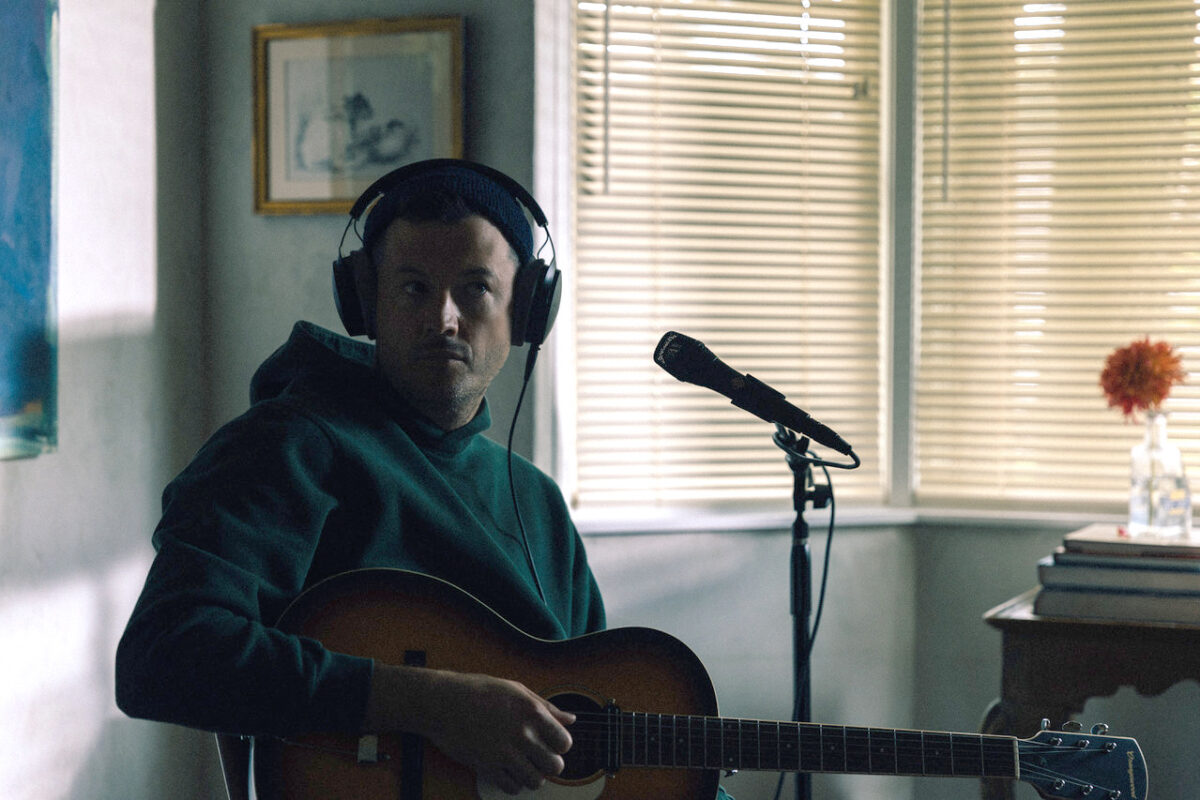
Honestly, being alone can put me in a place where I risk believing that my taste can’t benefit from a trusted partner’s perspective. For much of the art I like to make, I not only enjoy that, but I think it’s needed from time to time to execute exactly what I want to say.
From a writing standpoint, I enjoy complete isolation.
My songs tend to be deeply personal, whether they lean sad or happy, I need to be alone while I’m writing. When I think a song is done, then I can share it with those trusted ears, and there may be one or two adjustments after that but the finished song is generally the same as day one.
Pro tip from SYML: Start something and finish it; you don’t have to share it with anyone.
For artists who are thinking about taking full control of their next project, what advice would you give them before they commit?
Don’t be afraid to do it all alone. Remember that it’s not anyone’s job to make your art successful in the creation stage (and even beyond that arguably). You know what you want to say and you know how you want it to sound. Recording technology has made it so there are zero excuses for most of us to start and finish a song, or an album, at relatively low cost.
I recorded my first EP in a closet using an SM7, some pirated plugins, and an educational version of Pro Tools. I took way too long on certain things, and didn’t care as much about others. It was an imperfect process with an imperfect end product, but I did it all by myself, from the writing, production, mixing and mastering. I faked my way through what I didn’t know how to do and at some point I said it was finished.
Now, that EP is career-defining, and the LP of it is used in some high-end audiophile companies’ listening rooms to demo new components and speakers. There are no rules, so don’t worry about breaking any.
What’s one thing you’ll do differently on the next record based on what you learned here?
I wish I knew the answer to this because I don’t think there’s been enough time yet to know what I have learned. I have a few ideas of what I want to do next and have started pursuing them, but I think the most important thing is to always stay uncomfortable. That could mean staying away from perfection, or trying to crash into it. It could mean limiting yourself to one instrument or hiring a scoring orchestra and a choir.
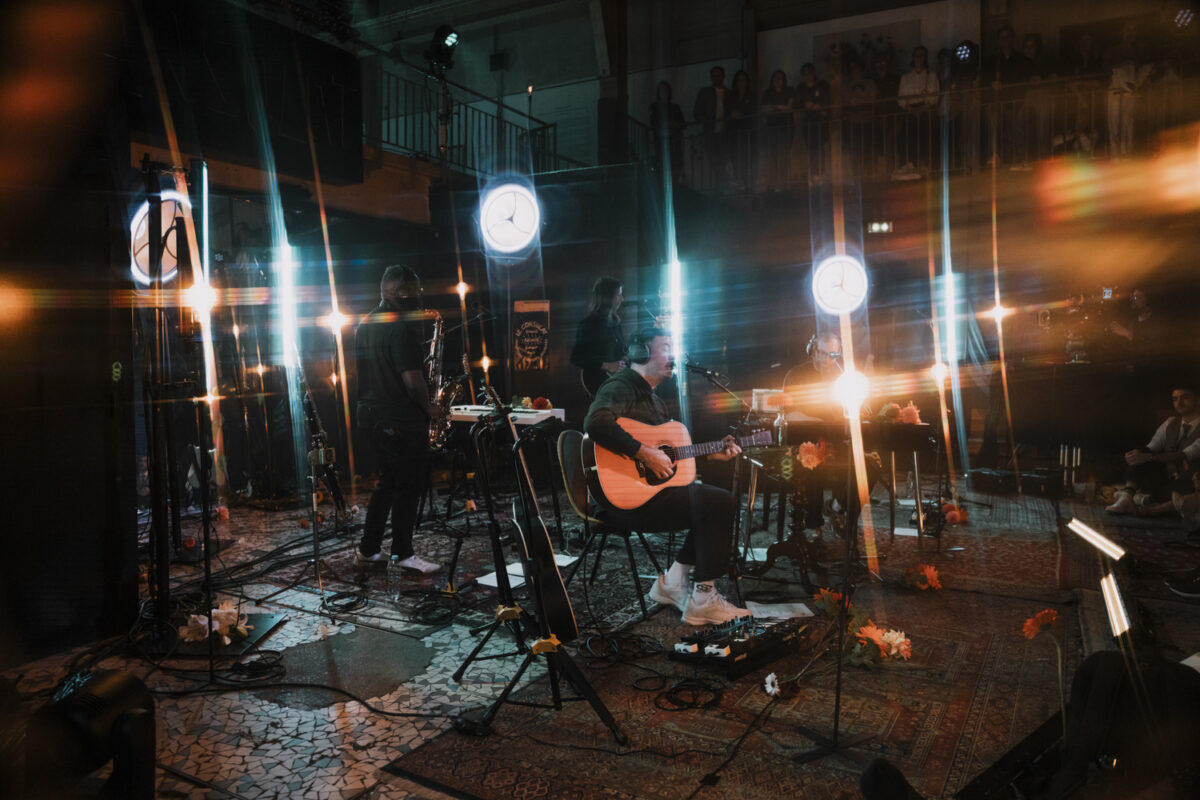
Whatever it is, I think it’s good to strive for one thing you have no business attempting.
This uncertainty and imbalance will inevitably make better art. I’ve seen it in myself and in artists I admire. If we are too comfortable, or we try to repeat something that has been successful in the past, we won’t be happy with the result. It also won’t be surprising, and surprise and chaos are part of what makes life enjoyable (not to mention inspiring).
I am far from wise, but I do know that making creative decisions from a place of fear or greed will never create good art, and it will also miss the target you’re aiming at.
Pro tip from SYML: Be honest in your writing and production. At the end of the day, your future fans want to hear YOU, and they will know the difference.
Wrapping it all up
SYML’s Nobody Lives Here arrives as a complete, self-guided body of work built on years of experience and a commitment to clear, intentional creation. Every detail feels considered without being overworked, and the result carries a quiet strength that stays with you.
Huge thanks to SYML for sharing his process and perspective. The honesty and clarity behind this record make it something worth sitting with.
It’s the kind of album that rewards front-to-back listening, with textures and choices that reveal themselves slowly. There’s no reach for trends or urgency to impress, which makes it feel even more grounded. From the stripped-back vocal takes to the way the studio tools were kept in check, everything here reflects trust in the material. It’s a reminder that restraint and intention are often the best production decisions you can make.
Start making your next creative work inspired by SYML’s perspective using Komplete Start, a free collection of pro-grade instruments, effects, plugins, and more.
